Premium Only Content
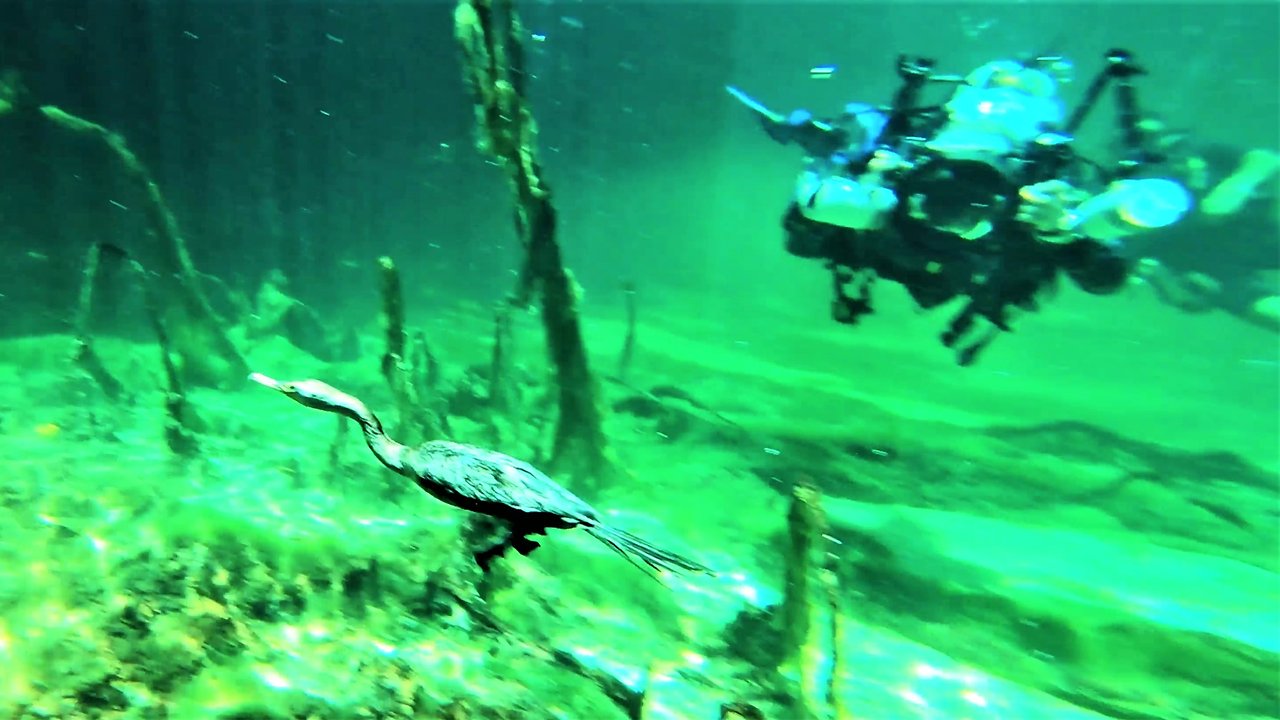
Scuba divers meet aquatic bird hunting thirty feet below the surface
Scuba divers are always eager to see creatures underwater as they explore reefs, lakes, or rivers. This group has just entered a cenote in Mexico, part of a series of fresh water rivers that runs partially underground and connects hundreds of miles of rivers and caverns. Cenotes can be a mix of open water or hundreds of feet of narrow cave. These divers hope to see fish, crabs, a crocodile or two, and breath taking formations. But something that they do not expect to meet underwater is a bird.
These delighted divers were swimming under a mangrove forest. The dangling root systems above are home to a variety of fish and other animals that live in or above the eater. The mangrove is crucial to the survival of many small creatures and these roots form what is referred to as a nursery for vulnerable animals as they grow. The mangroves also filter the water and protect shoreline from erosion.
A bird that fully understands the function of this mangrove forest is the cormorant, a large aquatic bird that floats on the surface like a duck. It is a graceful underwater swimmer, much like the loon that many North Americans are familiar with. The cormorant dives and searches for prey far below the surface. They are capable of swimming as deep as 100 feet and they are agile enough to catch almost any fish that venture too close to the cormorant's sharp, hooked beak. They propel themselves through the water with powerful webbed feet and they can hold their breath for several minutes at a time. They are truly nature's "free divers" and they are fascinating to watch.
It is extremely rare to come across one while scuba diving. They can easily be seen above water as they bob and dive, disappearing for long stretches of time. But to have one appear almost in front of you as it hunts is a rare treat. The divers that can be seen here have actually turned to come back and photograph this beautiful underwater acrobat. The bird pokes around on the bottom and looks in crevices for fish or crabs before it returns to the surface empty handed. It will make dozens of dives per day as it searches for food.
Cormorants are surprisingly intelligent birds that are capable of being trained to dive for fish and return them to fishermen. Capable of counting the number of fish that it brings back, the cormorants learn that fishermen will give them some of the catch. But the birds become frustrated and less motivated if the fishermen don’t provide them with a meal after about the eighth fish.
-
 2:08
2:08
WildCreatures
6 days ago $1.53 earnedScuba Diver is Surrounded by Gigantic Green Sea Turtles
3.14K5 -
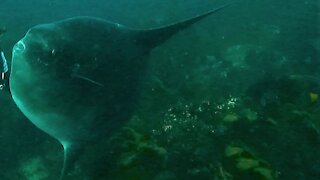 0:49
0:49
KristysWorld
2 years ago $32.54 earnedScuba divers meet one of the world's most bizarre gigantic fish
4.11K26 -
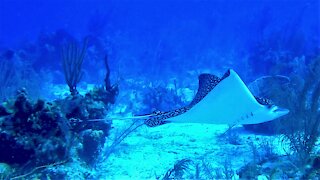 1:08
1:08
KristysWorld
2 years ago $1.75 earnedBeautiful spotted eagle stingrays curiously circle scuba divers
1.67K6 -
 2:17
2:17
WildCreatures
3 years ago $0.17 earnedMysterious caves await adventurous scuba divers in Tobermory, Canada
3.14K7 -
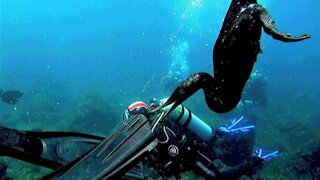 0:49
0:49
WildCreatures
3 years ago $65.04 earnedEndangered aquatic bird attacks scuba divers in Galapagos Islands
7.49K22 -
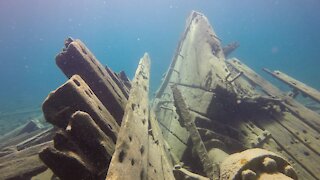 3:23
3:23
WildCreatures
3 years ago $0.31 earnedScuba divers explore an eerie shipwreck in Devil Island Channel
3.24K2 -
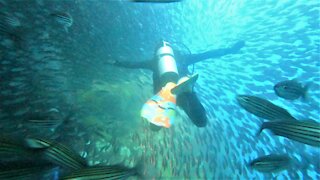 1:56
1:56
WildCreatures
3 years ago $2.95 earnedGigantic bait ball engulfs divers and the result is mind blowing
7.94K39 -
 0:16
0:16
ViralHog
3 years ago $0.03 earnedBird Joins Scuba Divers Underwater
842 -
 3:23
3:23
WildCreatures
2 years ago $1.33 earnedScuba guide performs dramatic camera rescue AND records unbelievable footage
4.17K34 -
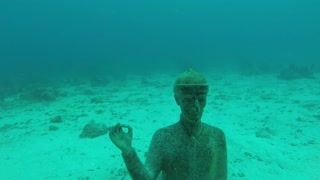 0:11
0:11
Azhar4489
2 years ago $7.68 earnedScuba divers find artifacts on the seabed
2.24K1